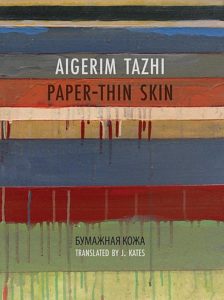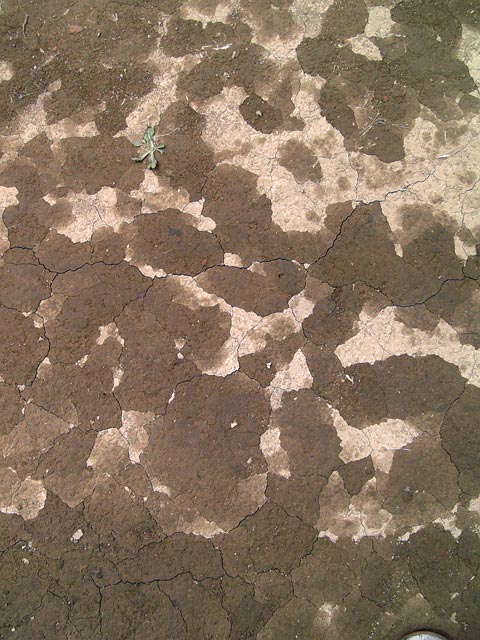Translated by ALAN IRID FENDI
Every attempt to reach Osman al-Houri has failed. Some corroborative sources have informed me that the man has retreated to an isolated village, that he does not own a cell phone, and that there is no way to reach him. Even more than that, he has evidently given up—deserted, and renounced writing, or so I am told. It is May 2019, and at the moment there is a revolution in Sudan, and people, among them a great number of authors, have taken to the streets and squares, demanding the fall of a regime that has—like many of its “siblings”—weighed down on and repressed them for decades. The Sudanese regime—again like many of its siblings in such circumstances—has shut down the internet for nearly a month now, taken to shooting live bullets at protesters and setting loose its henchmen upon them. By so doing, the regime has further complicated the means of connection with a country whose connection with its Arab surroundings (perhaps excepting Egypt) is already complicated and semi-severed. In light of this, can one even speak of literary connection, especially in a field that in our times has become ever more “elitist”: that of the short story?











